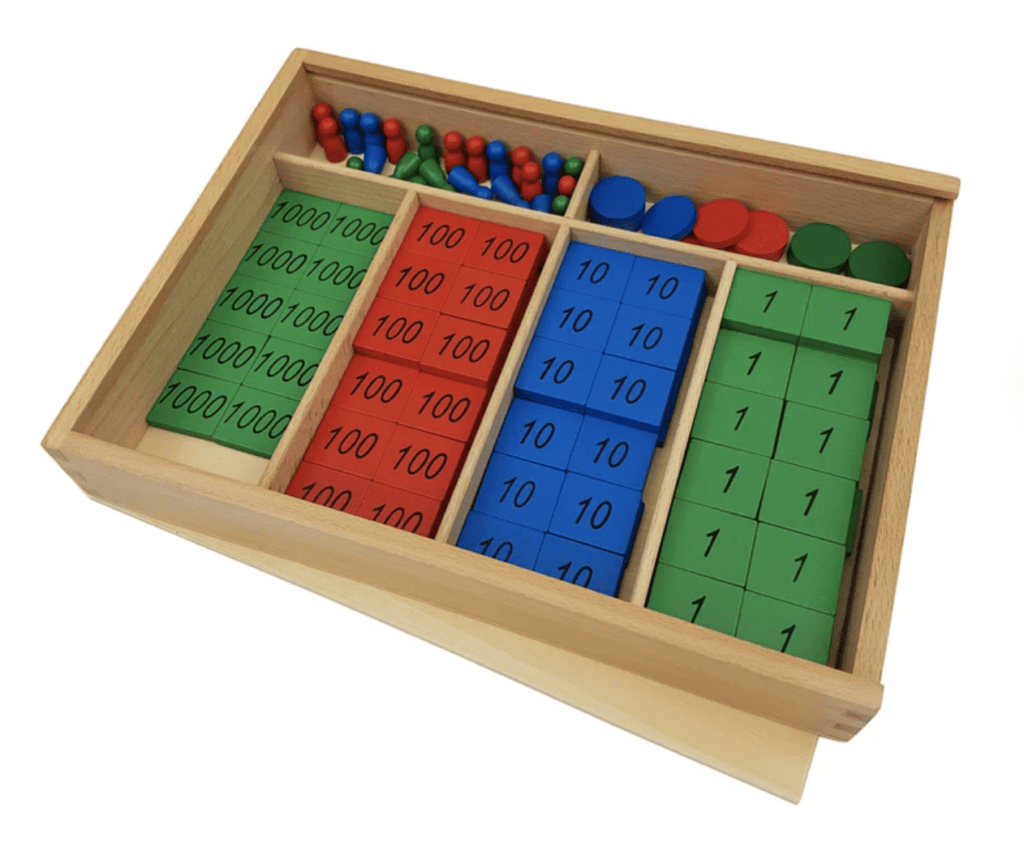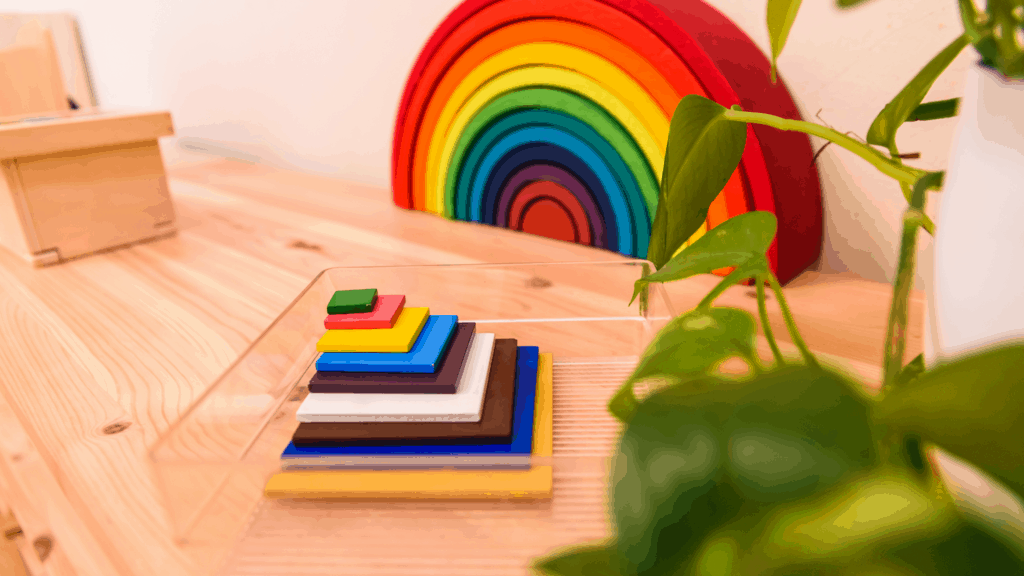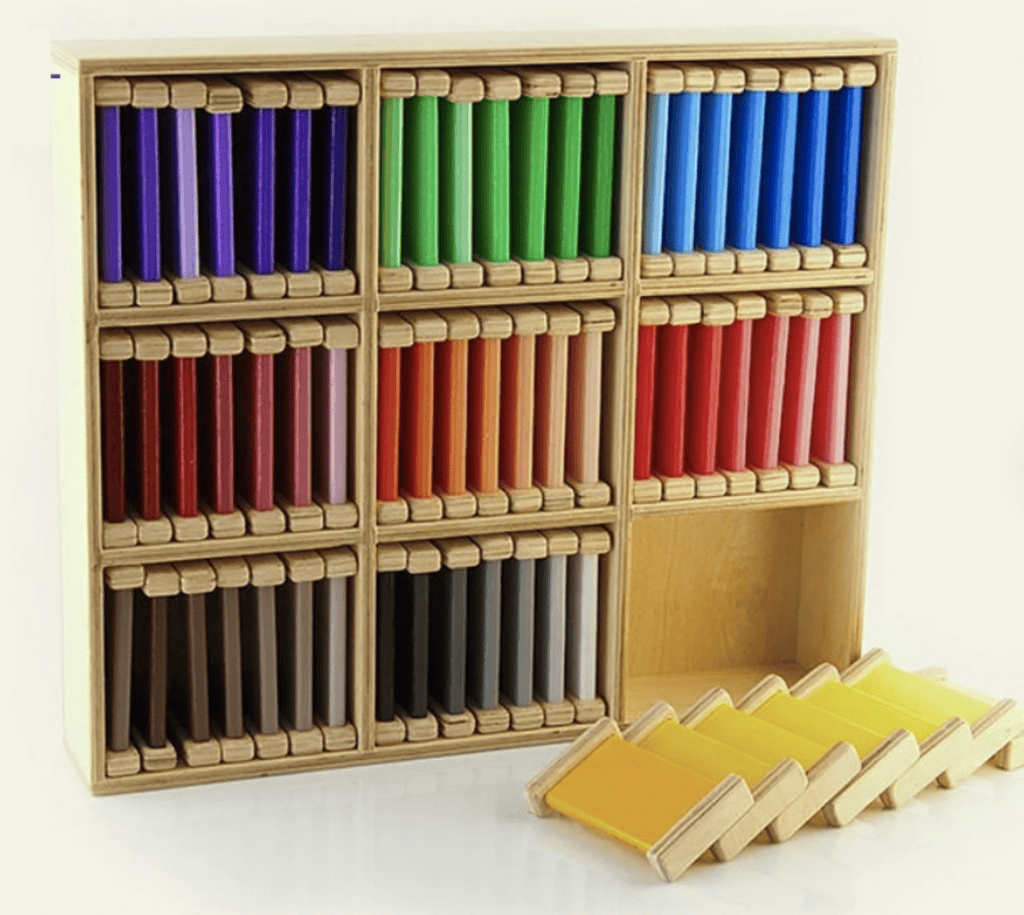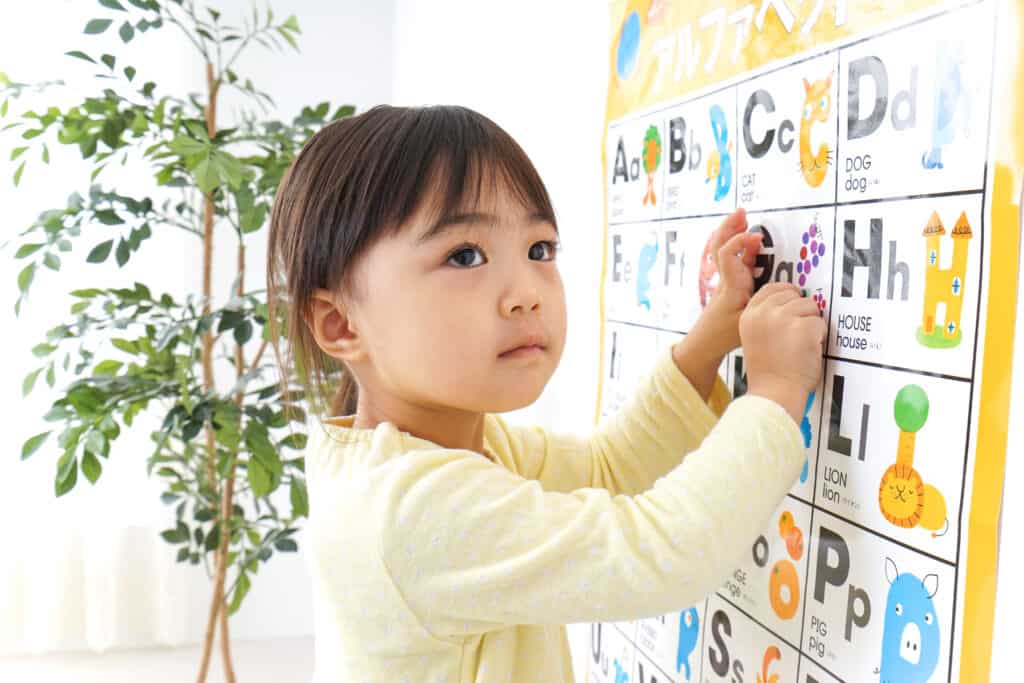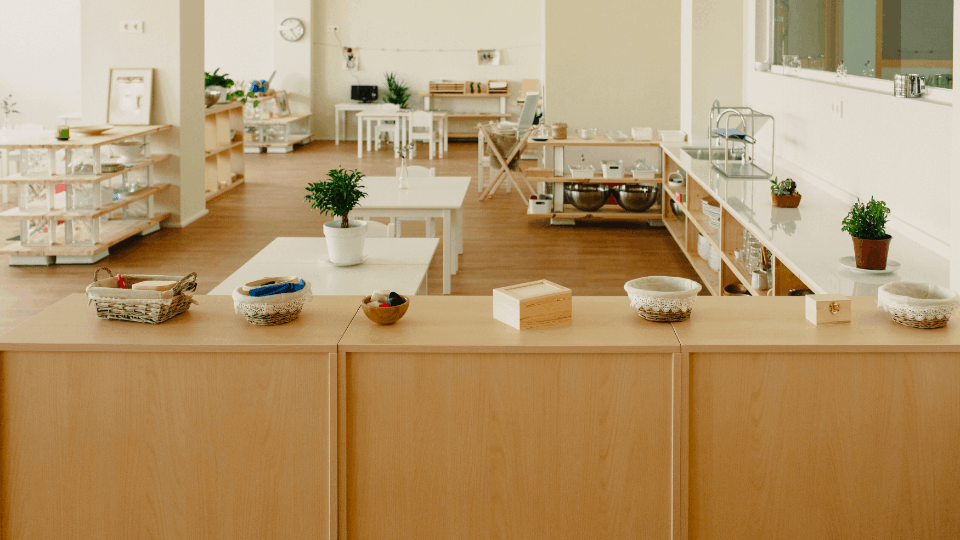Montessori is a non-traditional method of teaching, and so there can be some question about whether or not
Montessori does not use worksheets or homework because it goes against the philosophical belief that a child’s work should be self-directed. For that reason, homework is rare in the
However, the question of whether or not
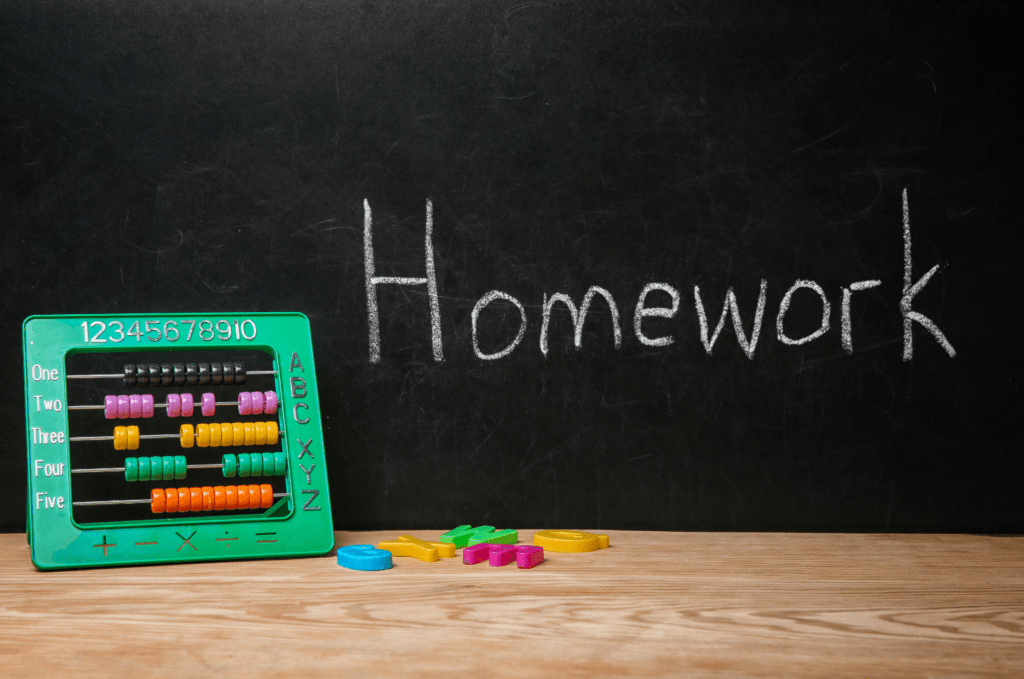
Does Montessori Give Homework?
What a
In
However, Montessori encourages parents to play an active part in their child’s education, and there are many opportunities in the home to continue teaching what a child is learning in the classroom.
For example, reading to a child will help that child learn to identify words. Counting the money needed to buy an ice cream cone will help that child learn math, and telling a child about the family’s history will help them learn storytelling and geography skills.
So, while a
Does Montessori Use Worksheets?
The focus in
Worksheets are more abstract, which goes against
However, there are reasons that worksheets may be acceptable in the classroom.
“Follow the Child” is a term in
This doesn’t mean that a child knows what’s best for them, or that an adult should take the child’s lead when the adult knows better. Adults have a responsibility toward children, and that includes teaching them things like “you can’t eat ice cream for dinner” or “you can’t stay up until midnight.”
What it does mean is that an adult can assess what a child needs in their development by following their interests and inclinations. For instance, if a child has mastered picture books and is interested in reading more, it makes sense to offer her more reading at a higher level.
According to Baan Dek, this leaves room for worksheets in that if a child is drawn to them, they may be fully appropriate for the child. If they’re an aspiring writer, it makes sense to offer them writing worksheets, and if they want to do them, then that’s following the child and therefore makes perfect sense.
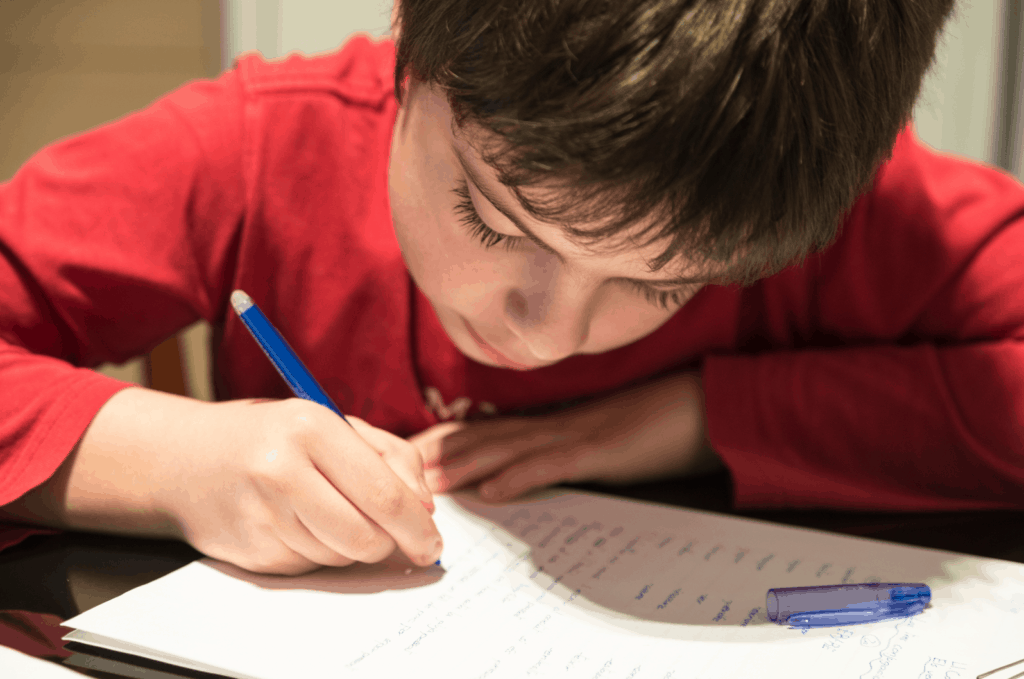
What Do Children Do Instead of Worksheets and Homework?
In a
As opposed to abstract worksheets, the toys will be physical, something that the child can “hold and touch,” says Sarah Mead of Whitby, as this helps children “develop their fine motor skills.” In addition, the toys will be open-ended, encouraging creativity. A box of Legos is open-ended, says Mead, only if it comes without directions for making a specific result.
The toys are also simple, without flashing lights, loud noises, or other excessive stimuli. This is because, says Monti Kids, these extra stimuli distract your child from learning. For example, a child can learn more about shapes if those shapes aren’t decorated with pretty faces or other images.
Activities often include things that have to do with practical life, which is one of the five key learning areas of Montessori. Activities include dressing, washing dishes, washing clothes, gardening, and more.
The other areas are sensorial, language, mathematics, and culture. Every
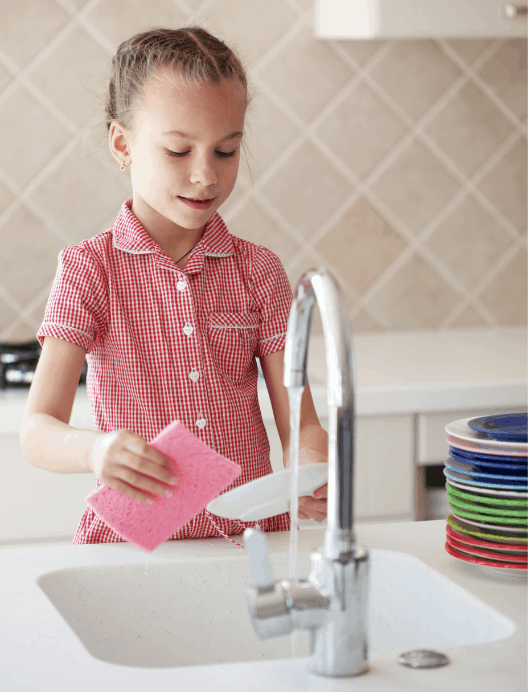
Isn’t Homework Critical to a Child’s Learning?
Several scholars believe that traditional homework–in other words, worksheets and projects a teacher assigns to students with a deadline–is not only insufficient at teaching a child anything or helping them retain information, but it may actually be detrimental to them.
Because of this, writes Alfie Kohn in The Homework Myth,
“Teachers only should give homework when it is truly necessary, and when assignments can be crafted to meet different students’ needs. Spending less time on homework…gives children more time to learn outside of school.” (Source)
Learning outside of school is not something that
The fact is simply that Dr.
What Kind of Montessori “Homework” Can I Give My Child?
The
Homework: Montessori Style gives many examples of homework, including:
- Reading together
- Visiting museums
- Visiting the library
- Writing letters or postcards
- Volunteering with family
- Taking care of a pet
For even more examples of
The sky is the limit when it comes to homework for a child in
If your child is obsessed with frogs, take out a library book on amphibians and go searching for frogs at your local pond. If your child is fascinated with flight, build a kite together, or talk to a pilot about planes. If your child loves to kick a ball around, sign them up for soccer and teach them how the game works.
With this unusual concept of what homework entails, parents can be inspired to help their children learn even more than they would if they were tied to the idea that homework comes in a particular package: worksheets and papers.
Instead of worksheets and papers, children can learn in the myriad of different ways outlined in this article, both inside and outside of the classroom. Remember that although
Sources:
Baan Dek – Follow the Child
Baan Dek – When worksheets are
Monti Kids – What Makes Toys Montessori


